The slowness of the camera breathes life into the small sea currents, transforming them into abstractions that form an unique emotional map.
A journey into the unconscious through the phenomenon of pareidolia, which invites the viewer to forge a deep connection between natural chaos and personal intimacy.
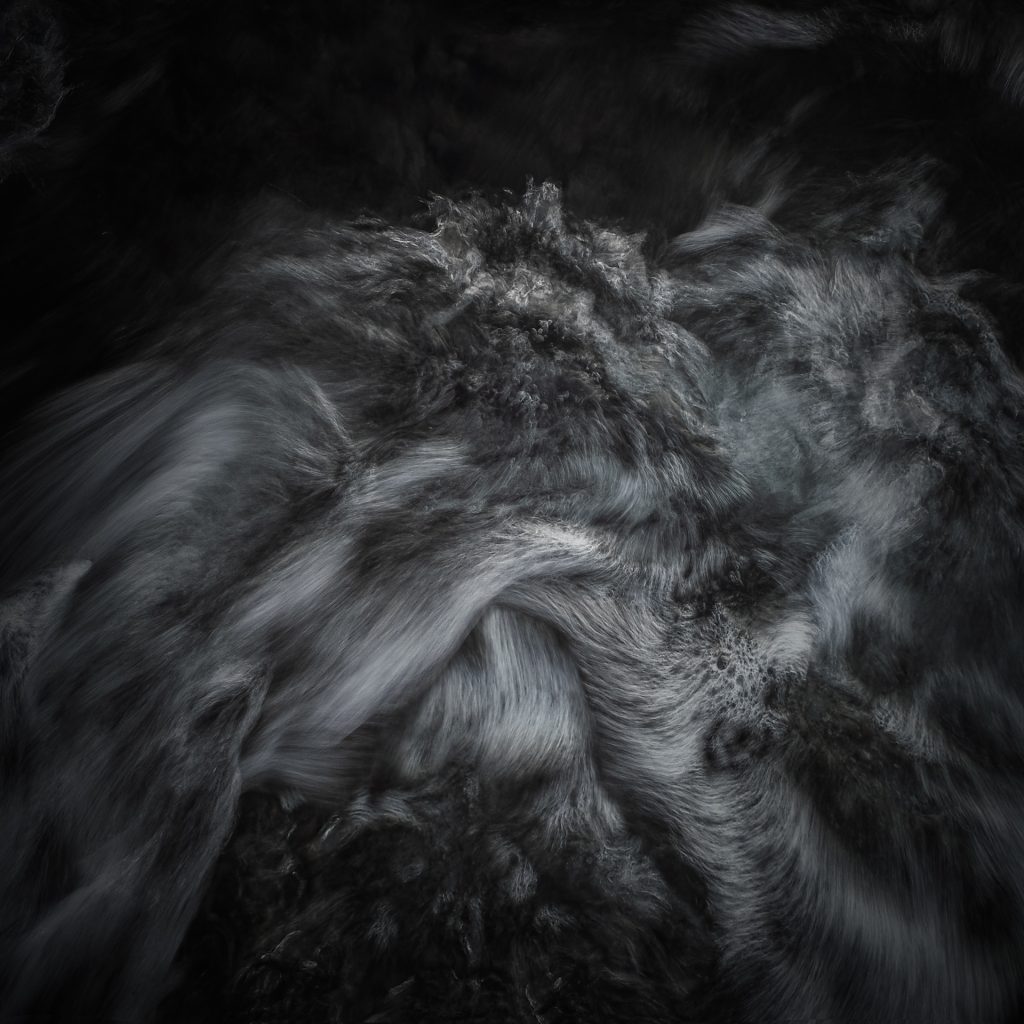
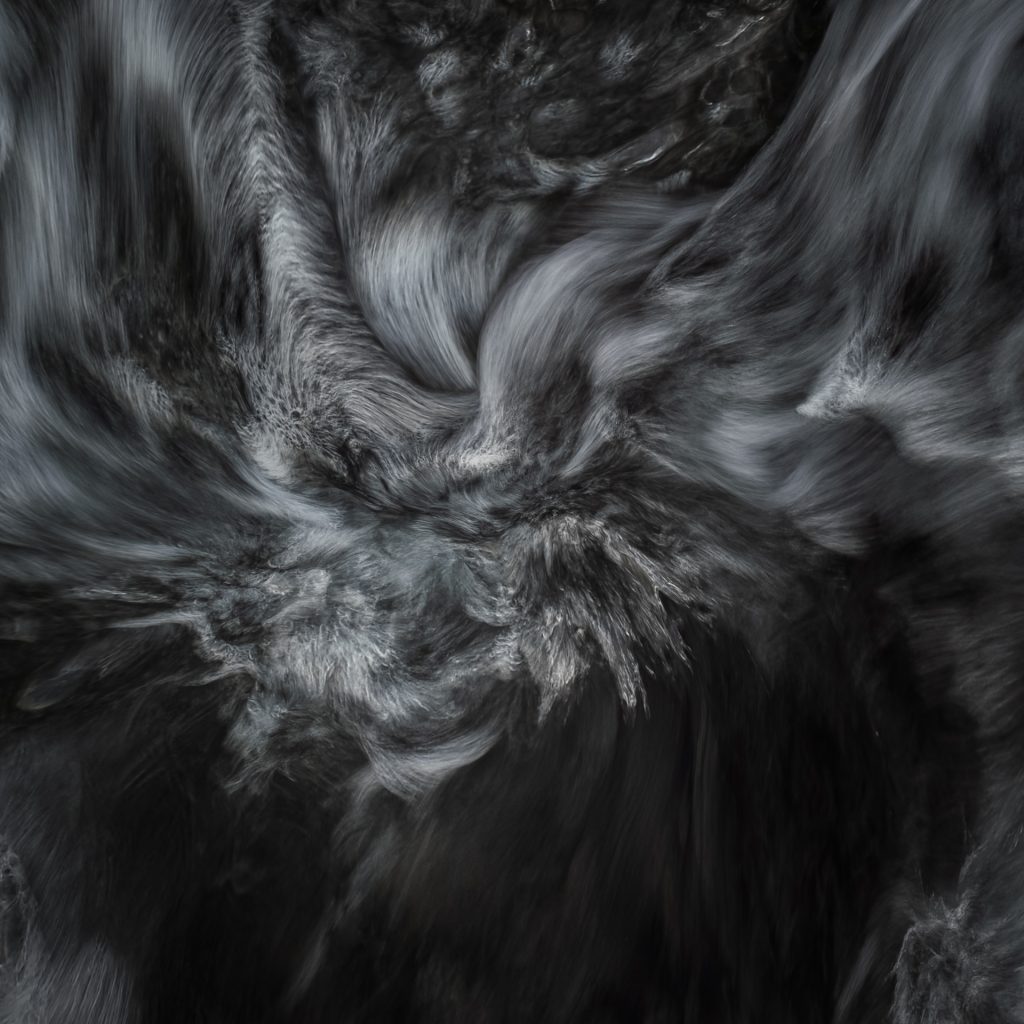
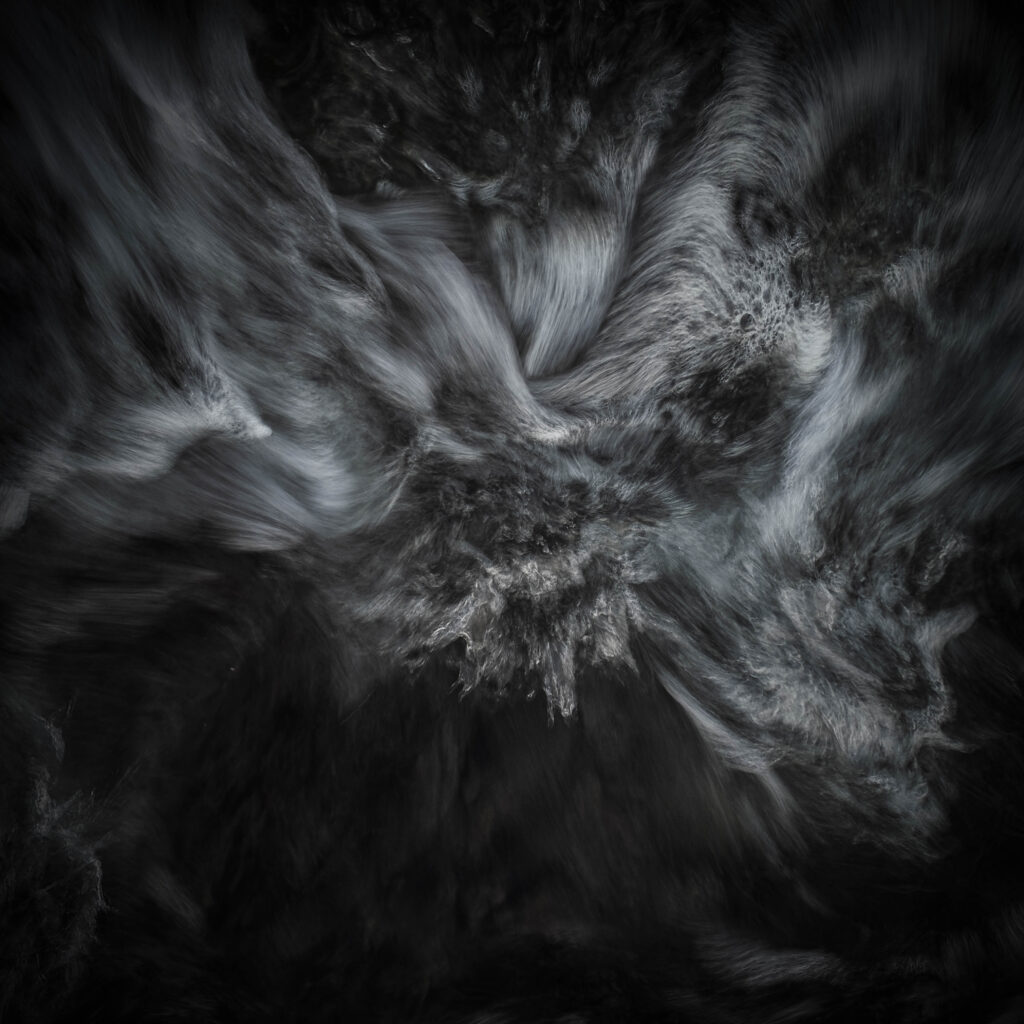
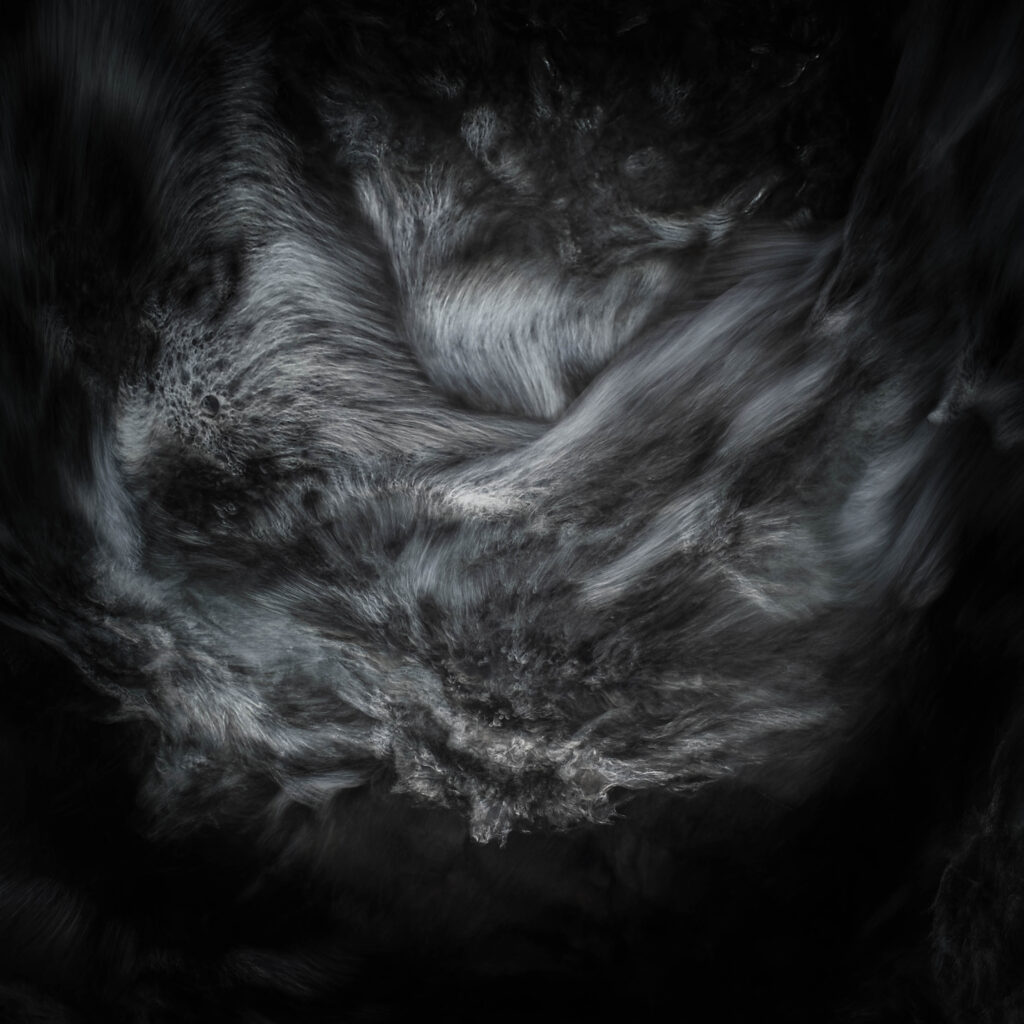
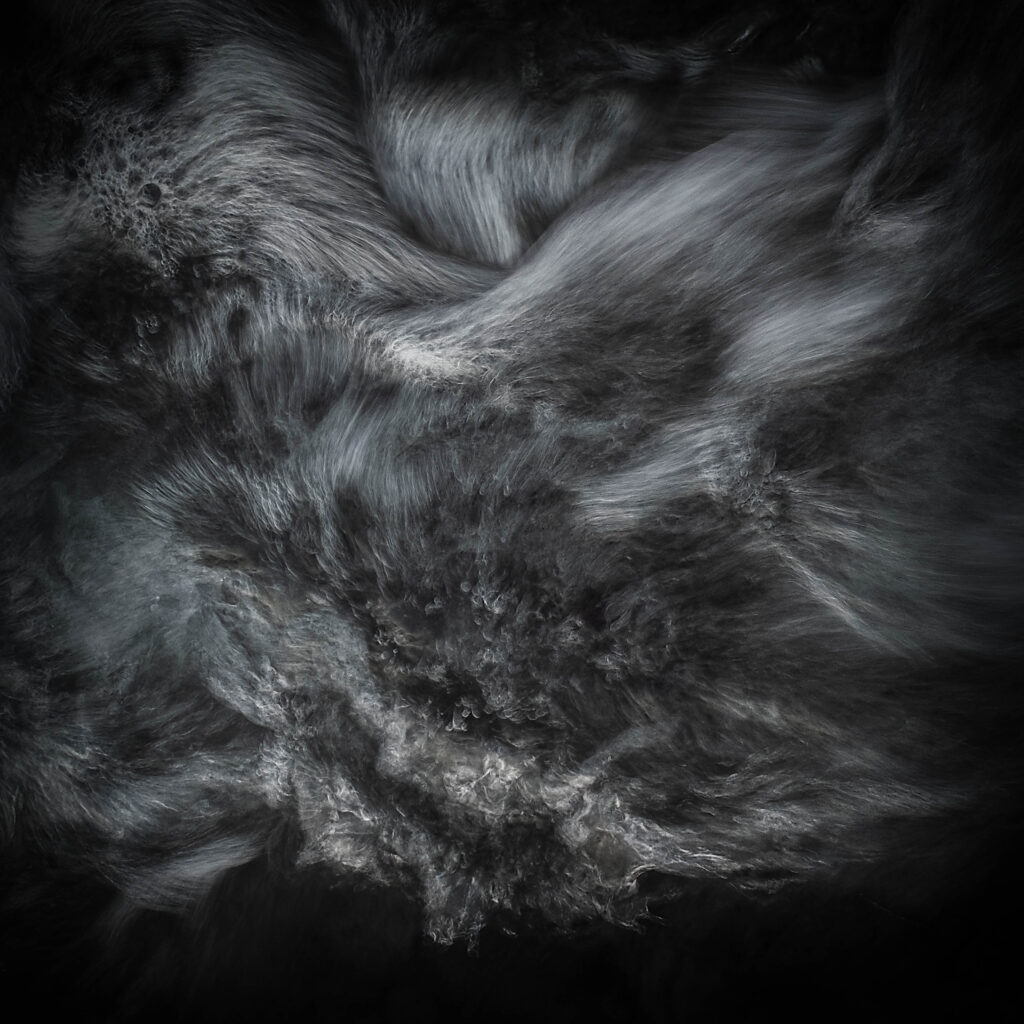
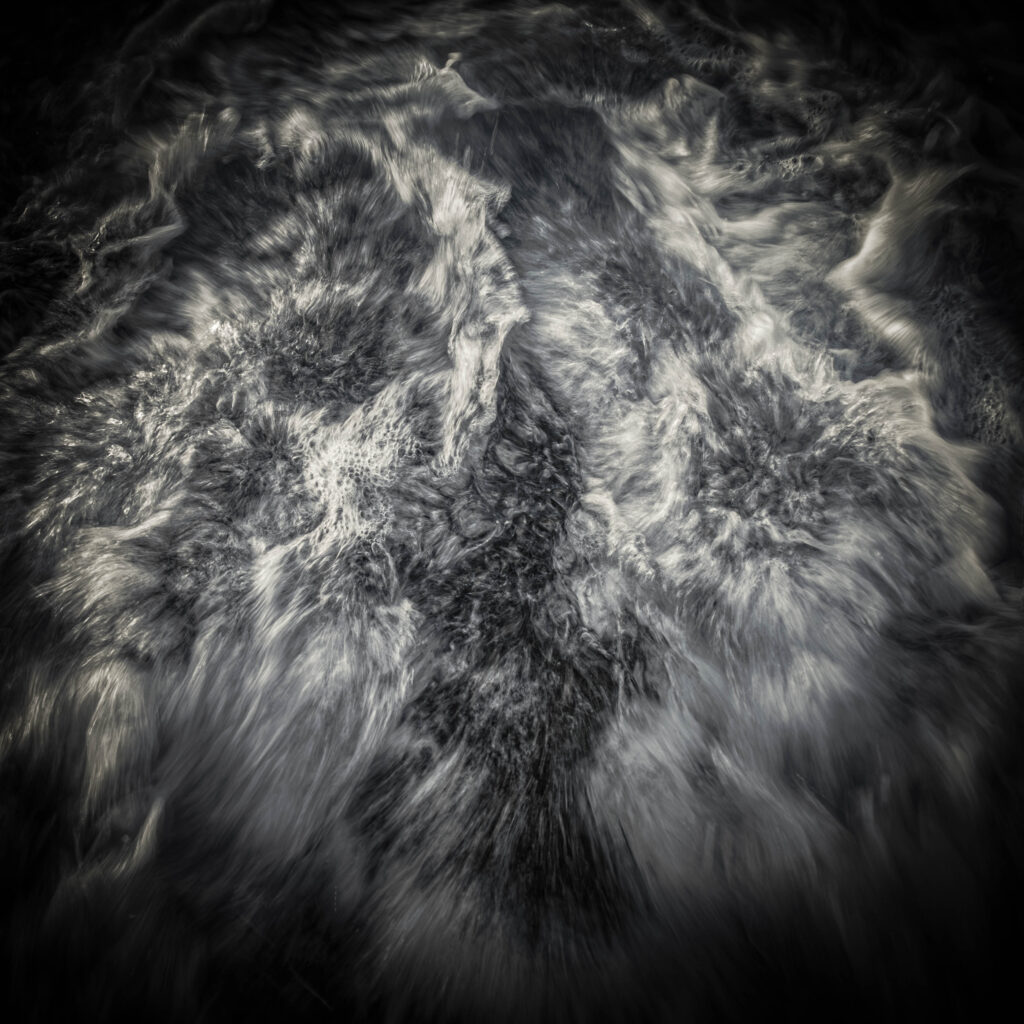
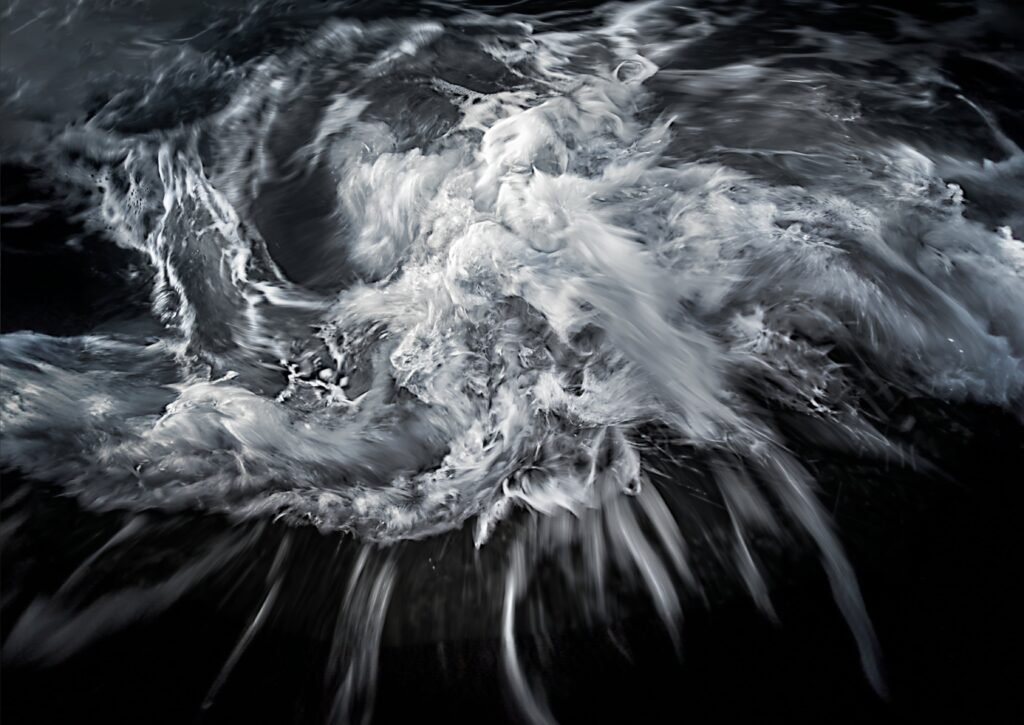
What happens when foam, like a surrealist act of automatic writing, inscribes random forms onto the surface of photographic paper?
The human eye, guided by an ancient impulse: pareidolia — an automatic cognitive mechanism that seeks meaning and patterns within chaos. There, within that apparent chaos, the viewer is challenged to allow their subconscious to flow, completing and reinterpreting images without any predefined logical structure.
The insights of Carl Gustav Jung — celebrated by André Breton and the surrealists — open a dialogue with the symbols that exist beyond consciousness. “The image is the primitive language of the psyche,” the philosopher claimed. These photographs, then, are not mere visual records: they are thresholds into that archaic language, that pre-verbal tongue.
Foam reveals more than it shows. It does not respond so much to a desire as to a deep need to make sense of what spontaneously emerges before our eyes.
Rorschach à la plage thus builds a liquid archive of ever-transforming images, where each viewer draws an unconscious map from their own sensitivity. These are not images that explain, but images that awaken: they activate perception and summon an intimate narrative, woven by the subconscious of the observer.